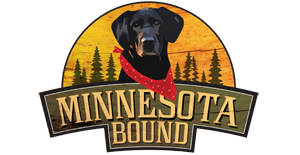“Why is the picture so ugly?”
Some watchers have asked why the cam looks so bad when it switches to night vision.
There isn’t an easy explanation but I will try.
Since the cam is a “dual mode” cam, meaning that it can be used in daylight and at night, it has two ways of making pictures. The daylight way is the normal way, light comes through the lens, hits the sensor and makes great looking HD pictures for us, and then there is the night IR way.
In night mode the cam must switch to a lower frame rate to allow the sensor time to gather enough light to form a picture. It also has to lower the amount of data that it sends out because of the lower frame rate. This results in a black and white picture that is grainy and harder to see.
Normally with an illuminator this cam would make a fairly decent picture at night as we saw before the illuminator died. Now that we have no night light the cam has to work its hardest to make a picture with the available light. When the cam first switches to night mode the picture still looks bright and close to normal. However if you were at the nest you would see that the streetlights have come on and it is getting dark out. Thats why you may hear some of the chatters that live in Minnesota ask why it is still light at the nest when it is dark at their house. It’s just the cam doing its job as a night vision cam and giving us the best picture it can.
As the season progresses we will have a picture much later into the evening as the sun stays up longer and twilight lengthens.
I hope this ramble on the cam has helped to clear up some of the questions you chatters have about the way the cam works. If you have more questions please post them in the comments below.
Happy Eagle viewing and we’ll see you on the nest!
TalonStrike
If you have any questions or comments, please feel free to post them below or in the chat room. Also, we'll be updating our official MN Bound LIVE Eagles Facebook Page regularly so you can follow along, like, or share with your friends. We have several site moderators this year to help give optimal information to all that want to learn more about these magnificent birds.

